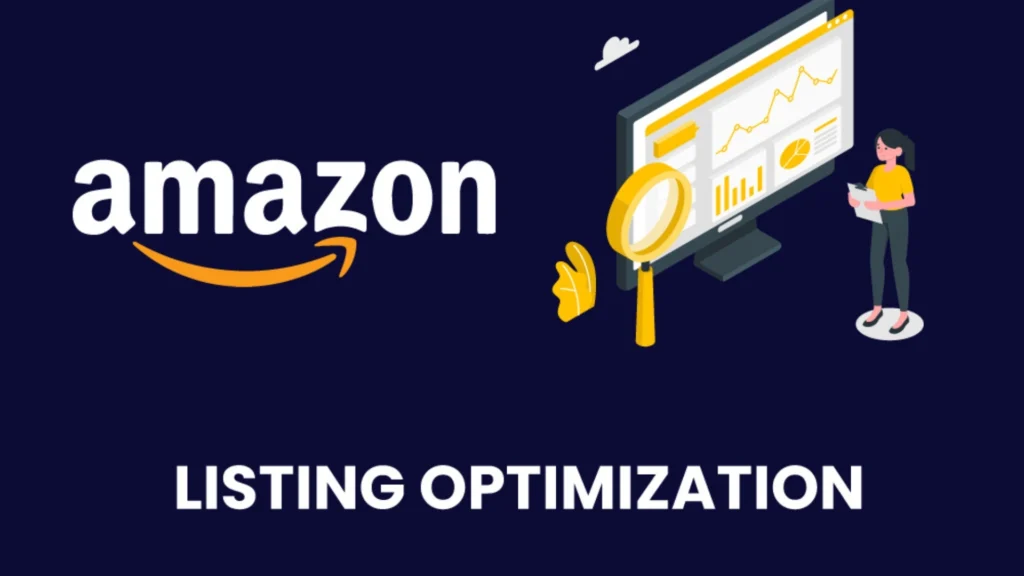You’ve created a great website and now you’re ready to reach people beyond your home country. That’s a big deal — way to go! But don’t think just translating your content will cut it. To connect with people worldwide and pop up in their searches, you need to focus on international SEO.
This guide will show you the best ways to do international SEO — from picking the right countries to using hreflang tags — all in plain English.
What is International SEO?
Let’s start with the basics. International SEO has the goal of making your website better so search engines like Google can figure out which countries or languages you want to target.
Picture this as local SEO, but across countries. It makes sure your content catches the eye and stays relevant for people in different nations, who speak different languages and search in different ways.
Why International SEO Matters
You wouldn’t go to a party in Spain speaking English and think you’d fit in would you? The same applies to your website. People in France, Japan, or Brazil have their own expectations. International SEO helps:
- Show the right content to the right people
- Boost search visibility in worldwide markets
- Create trust by talking in your audience’s language
- Grow traffic, leads, and money
1. Pick Between Country Targeting and Language Targeting
Your first big choice is to decide if you want to focus on users based on their country or their language.
Country Targeting
This involves customizing your site for particular places (like the USA, India, or Germany).
Pick this when:
- You offer different products or services in each country.
- You need to follow local rules or pricing.
- You aim to rank in search engines specific to countries (such as google.co.uk or google.de).
Language Targeting
This works best when your content stays the same across regions, but you want to reach people who speak different languages.
Choose this when:
- You’re selling a product that’s available worldwide (like software or online services).
- You focus on translating and adapting your content.
- Your customers use the same language in several countries (for example Spanish in Mexico and Spain).
2. Pick the Right URL Structure
Google suggests clear and consistent URL structures for international websites. Here are your choices:
Country-Specific Domains (ccTLDs)
Example: www.example.fr for France
Pros:
- Strong geo-targeting
- Users trust local domains
Cons:
- More costly and tougher to handle
- Need to build SEO authority for each domain
Subdomains
Example: fr.example.com
Pros:
- Simple to set up and handle
- Can separate content
Cons:
- Less strong geo-signals compared to ccTLDs
- A bit more challenging to rank than subdirectories
Subdirectories
Example: www.example.com/fr/
Pros:
- Simpler to handle (one domain)
- SEO clout shared across the site
Cons:
- Somewhat weaker location signal than ccTLDs
3. Add Hreflang Tags
The hreflang tag informs Google which language and country version of a page to display to users.
Key points for hreflang:
- Always include self-reference: Each page should have a hreflang tag pointing to itself.
- Use language and region codes (e.g. en-gb for British English).
- Steer clear of mixed signals like duplicate content without hreflang.
Handy Tip: If you use a CMS like WordPress, tools like WPML can make hreflang setup easier.
4. Translate and Localize Content
Translation and localization are different things.
- Translation changes text from one language to another.
- Localization adjusts the message to match cultural norms, sayings, and shopping habits.
Example:
“Free shipping” might translate word-for-word, but in Japan, you might need to word it more carefully to fit local manners.
Put money into native translators or localization experts to make sure your message hits home.
5. Do Local Keyword Research
People in different countries look for things online in different ways — even when they speak the same language.
Take this example: someone in the UK might look up “holiday packages,” while someone in the US will search for “vacation deals.”
Try these tools:
- Google Keyword Planner
- Ahrefs
- SEMrush
- Ubersuggest
Look into local search terms and adjust your content to match.
6. Make Your Content Work for Local Search Engines
Don’t think Google is the top choice everywhere.
Here’s a list of popular search engines in different parts of the world:
- Baidu – China
- Yandex – Russia
- Naver – South Korea
- Yahoo Japan – Japan
Get to know how these platforms operate. They use different algorithms, follow varied content rules, and have unique SEO guidelines.
7. Handle Duplicate Content
Google doesn’t punish duplicate content if you use hreflang . But without it, you might hurt your SEO efforts.
Here’s what you can do:
- Use hreflang to set apart similar pages
- Add canonical tags — don’t link every version to the main page
- Try to keep content unique when possible
8. Make Sure Your Site Loads Fast Worldwide
A website that opens in 1 second in New York might need 8 seconds in Mumbai. That’s bad for conversions.
Ways to boost your international site’s speed:
- Use a CDN such as Cloudflare or Akamai
- Reduce the size of images and files
- Pick local hosting or worldwide cloud services
- Cut down on redirects
Speed has an impact on rankings, and users everywhere want quick results.
9. Build a Global Sitemap and Turn It In
Make sure search engines can find your international content.
- Build separate sitemaps for each language or country version
- Add hreflang tags in the sitemap
- Turn them in to Google Search Console and Bing Webmaster Tools
This helps search engines grasp your site structure and focus on indexing the right pages.
10. Keep an Eye on Performance and Make Changes
Like any SEO work, international SEO needs constant watching.
Keep track of metrics such as:
- Website visitors by country/language
- How often people leave and how long they stay
- Best-performing content in each area
- How keywords rank in different places
Tools that can help:
- Google Analytics 4
- Google Search Console
- Ahrefs or SEMrush
- Microsoft Clarity to understand behavior
Change your plan based on what the numbers show. What does well in Canada might not work in Brazil.
Extra Tip: Watch Out for Legal and Cultural Differences
Some topics, deals, or images might not be okay or even allowed in certain countries. Always look into:
- Privacy rules (like GDPR in Europe)
- What might offend people
- How people like to pay and what money they use
- Whether you can sell your product there
Trust plays a crucial role in global success, and showing respect for local customs can make a big difference.
Final Thoughts
Going global is thrilling — but SEO for international markets doesn’t have a universal fix. It combines technical SEO know-how cultural awareness, and constant fine-tuning.
Also Read:












